Let’s talk about wine glasses
Wine glasses play a major role in the whole wine-tasting experience. You may have thought that the glass was flared at the top JUST for the aesthetic right? Wrong.
Trying to get the right wine glass for you can be a daunting, confusing and possibly intimidating task. Which is why I have done all the heavy-lifting for you in this guide. Revamping your wine cabinet this new month will be a smooth sail.
We’re going to quickly uncover why different wines go well with particular wine glasses, the anatomy of wine glasses, and the nitty-gritty of wine glasses in general. Is it even worth the bother? Anyway, let’s jump right into it.
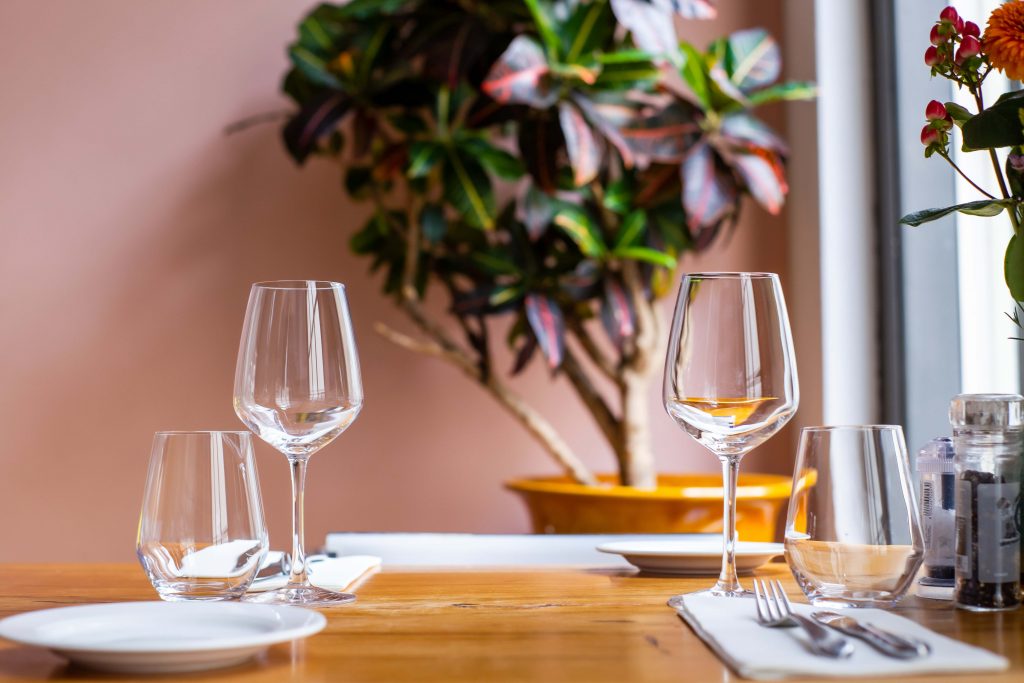
Is the right wine glass that important?
A large part of enjoying wine is relishing its aroma. This and the fact that the rim size affects how you deem the wine’s taste makes it arguably crucial.
You could use a mug, water bottle or even just drink it straight from the bottle. However, if you’re looking for the full experience, then this guide is for you.
The anatomy of a wine glass
Let us start with the part that make up a wine glass;
1.Rim
How thick or thin your rim is the whole game changer in how you’re going to perceive your wine in terms of taste. The thinner it is, the better. Your wine is going to flow into your mouth more smoothly, trust!
2. Bowl
This is where most glasses vary. From tall Bordeaux glasses to wide burgundy glasses, this is where most of the wine tasting enchantment happens. Typically, the opening is smaller than the shoulder so that most of the aroma is captured.
3. Stem
The stem is the thin neck section that you usually hold your wine glass from. This ensures that you do not heat the drink with your palms or transfer fingerprint smudges.
4. Foot
This is that flat section that allows you to place your glass down. If it’s too small the glass will be imbalanced, and if it’s too big it’ll get stuck on your tableware or something, you never know.
All of these applies for stemmed glasses, the stemless ones tend to have a flat base for stability
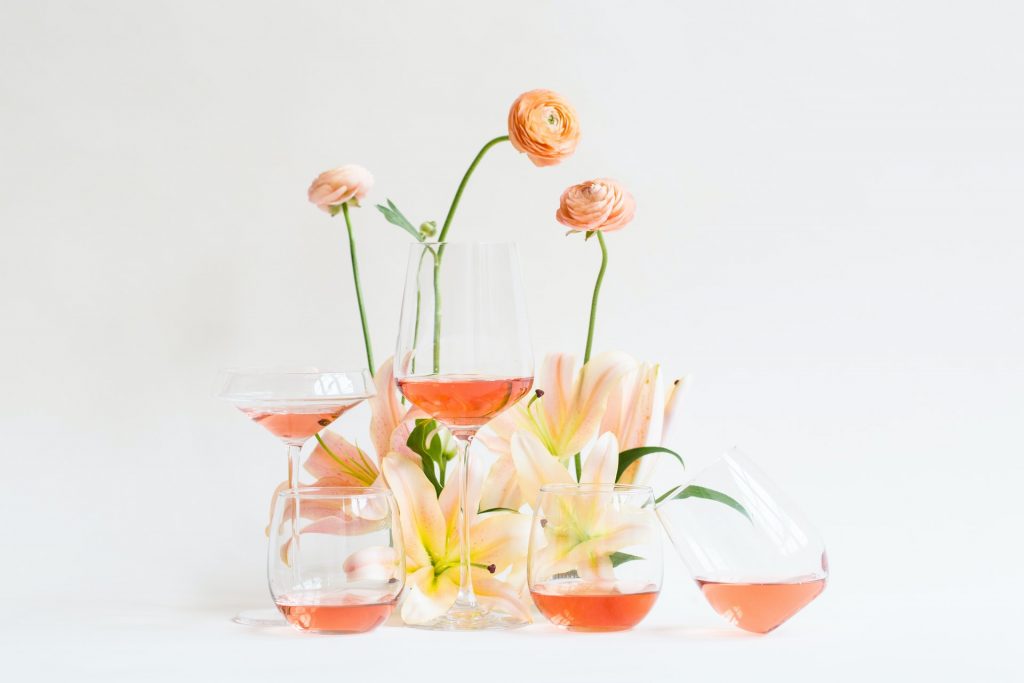
Wine glass material
Your wine glass could be made of many different materials. We’re only going to discuss the two main ones:
1.Crystal
Mostly used in high-end restaurants, they are delicate, have more intricate designs and make your wine look sparkly. They refract light more hence the sparkly effect.
These glasses usually have added minerals such as magnesium, zinc and\or lead. They can be spun thinner than soda-lime glasses for this reason.
It usually requires to be cleaned by hand because they are porous and not always dishwasher safe. They’re also quite fragile
2. Soda-lime glass
Most glasses are made from this material. They can’t really be spun as thin as the crystal ones but hey! They are durable. These glasses are non-porous so they are safe to put in the dishwasher.
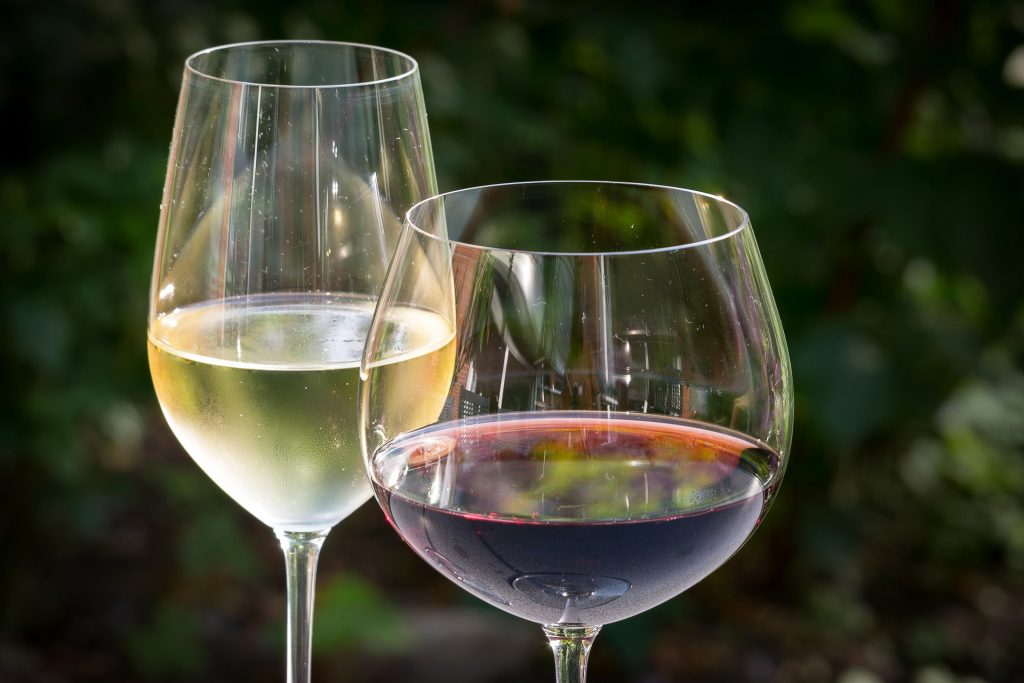
Red Wine Glass
Round, wide, balloon-like glasses is the way to go with Red Wine. Why, you ask? This type of wine has bold and complex flavors that demand more oxygen so that they are more palatable. The wide surface area allows enough oxygen to smoothen these flavors.
These are the three types of red wine glasses:
Bordeaux Glass
This is typically used for bolder, full-bodied red wines such as Cabernet Sauvignon and Merlot. It is a tall glass but the bowl is not as wide as say a burgundy glass.
The height allows for ethanol vapours to evaporate letting you get more of the wine aromas. The wide opening also makes the wine taste smoother.
Standard Wine Glass
This is an ideal choice for medium to full-bodied red wines with spicy notes or high alcohol content such as Malbec, and Syrah.
The smaller opening helps to soften the spiciness in these wines.
Burgundy Glass
It is great for delicate wines with light aromas. The broad bowl collects these aromas. The shorter lip guides the wine to the tip of your tongue allowing you to taste the subtle aromas.
You may want to sip your Pinot Noir, St. Laurent and Nebbiolo in these.
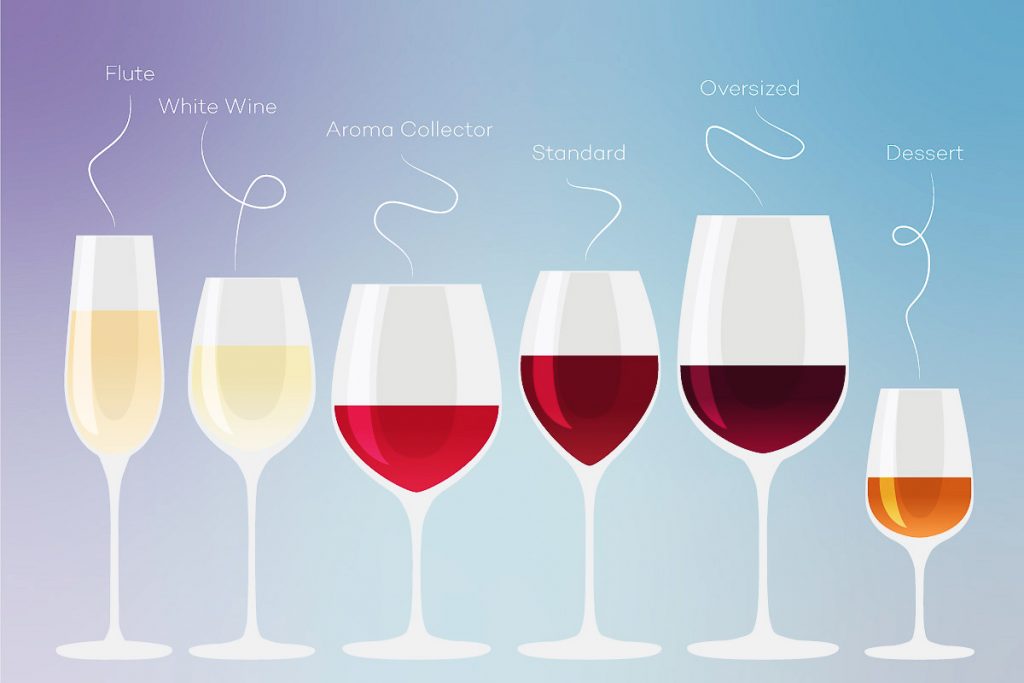
White Wine / Rosé Wine Glass
These are typically served in smaller-bowled glasses. This preserves the floral aromas, expresses more acidity in wine and delivers more aromas because it is quite close to the nose. It is more tulip-shaped than it is round. Both white and rose wine share the same glass style.
High Acidity Wine Glass
This glass is the smaller of the two. Wines such as Sauvignon Blanc, dry Rieslings and rose are a perfect match.
Full-Bodied Wine Glass.
Full-bodied white wines like oak-aged Chardonnay, White Rioja and orange wines are better with a larger, rounder bowl.
Such wines typically have richer aromas and flavors which require rounder glasses.
Sparkling Wine Glass
These bubbly drinks have their own glass preferences too. The two types of glasses are quite different from each other.
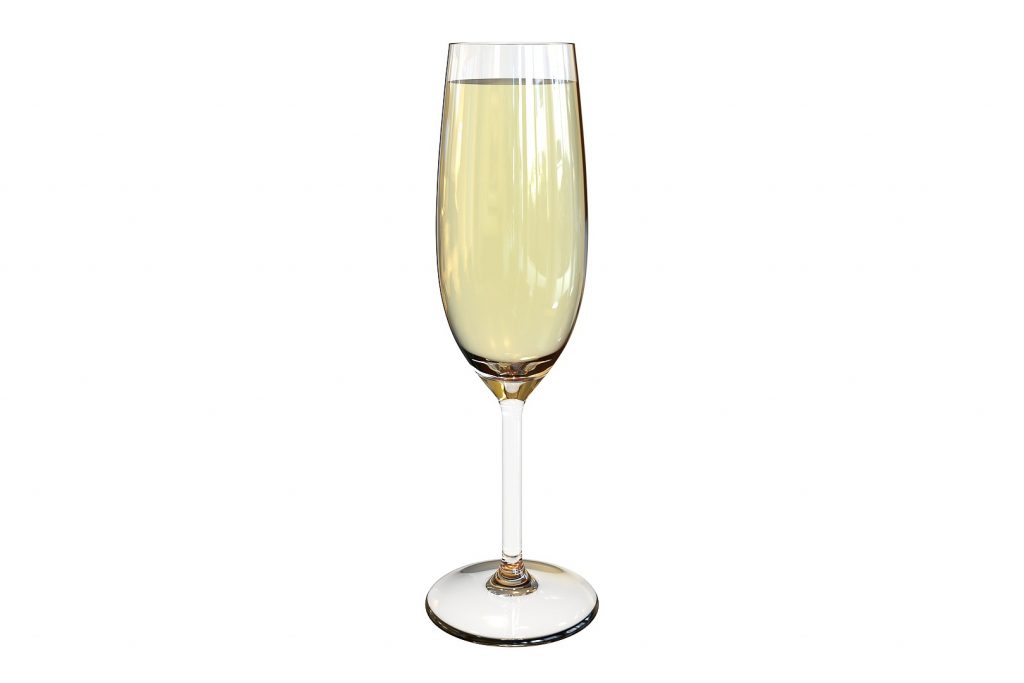
Champagne Flute
Elegant, tall with a narrow bowl and prone to breakages, it is a classic when it comes to serving champagne or other sparkling wine.
It is tall and narrow to protect carbonation and ensure the bubbles stay for longer before your wine turns bland. This glass puts on a show for all the bubbly wine suckers out there.
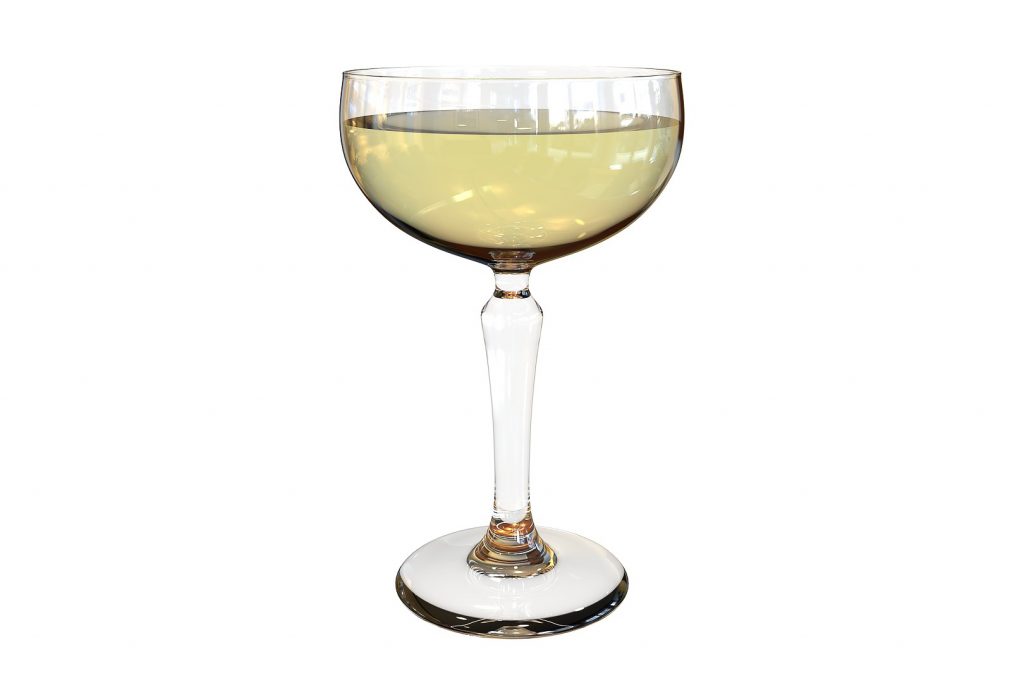
Coupe
This is a broad, shallow glass originally meant for champagne. It was the in thing back in the 20th century but has now been replaced by the flute. For a good reason though.
The broadness of the glass allows the wine to get flat faster. You’ll need to chug your drink quickly if this is your glass of choice. It is not useless nonetheless, as it makes a good cocktail glass.
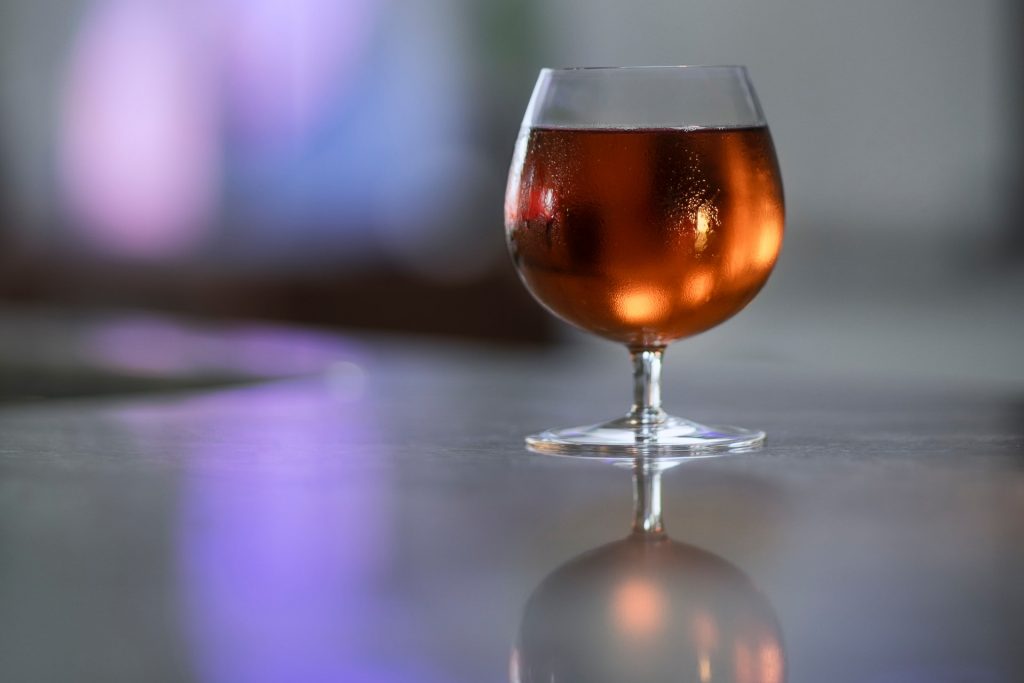
Dessert\ Fortified Wine Glass
Dessert wines being typically sweeter and higher in alcohol content call for smaller glasses. We don’t want you getting that buzz way too early into the night. This size allows for a smaller serving without it being obvious to the eye.
It also keeps the sweetness of the wine from being too overbearing. Your Sherry or Port is bound to come in one of these.
Universal Wine Glass
If you’re a wine enthusiast that doesn’t want to buy all these glasses this will definitely come in handy. They don’t dictate for any type of wine in particular. Any kind of wine goes with this one.
If you don’t own any wine glasses yet and are looking for where to start, this is a good one.
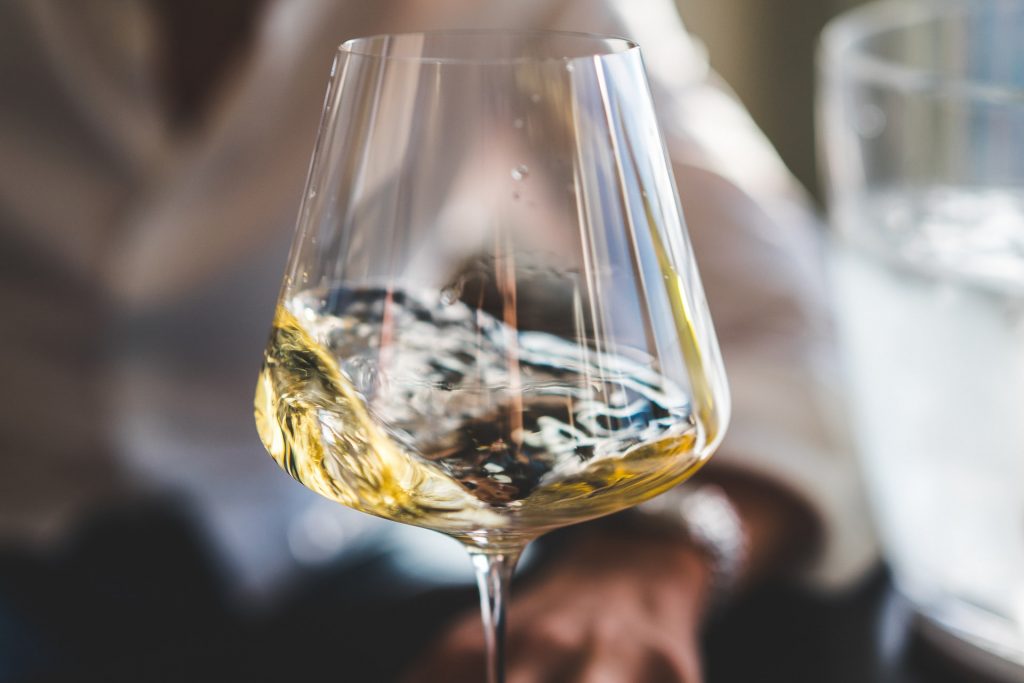
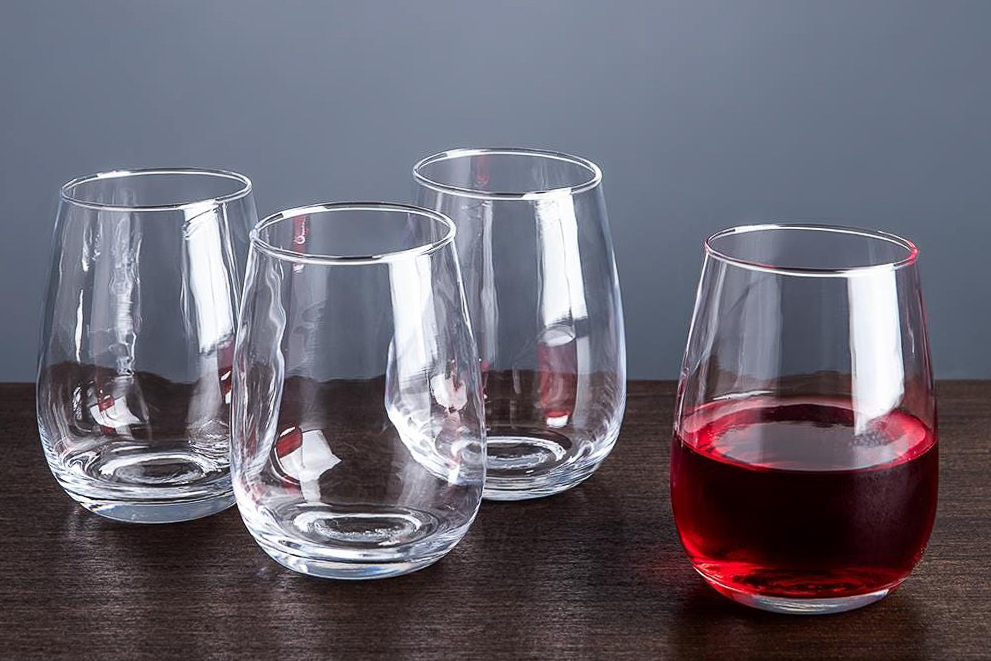 source
sourceStemless Wine Glass
Lastly, we have a stemless wine glass! Elegant, stemmed glasses are great for formal occasions and are a go-to whenever you’re feeling fancy. But once in a while you just want to casually sip your favorite wine (without the complication of worrying whether the stem will get caught in your robe). You could even be in an outdoor setting and don’t want to risk breaking your glasses.
These stemless glasses are a good collection to have. They also won’t easily topple over so that’s a plus!
This is was meant to be a quick guide and a good starting point for choosing the right glasses for your wine cabinet. We apologize if we geeked out on you. See, you don’t have to be a Sommelier to get it right! If you made it this far into this article, we heart you! Please let us know if there is something else you would like to learn more about.
Let’s toast to the new month.


Hi Wendy,
Great article.
Wish you could plug us on where to get good quality wine glasses🙈
Thanks Shellie. That’s an essential question. Based on personal experience (not an endorsement), on the high end, there’s Riedel brand that you can get at Westgate Mall; for everyday use and mid-range, Luminarc brand is available in major supermarkets. Other places to check is Mr. Price Home shops and Vitu Zote shops